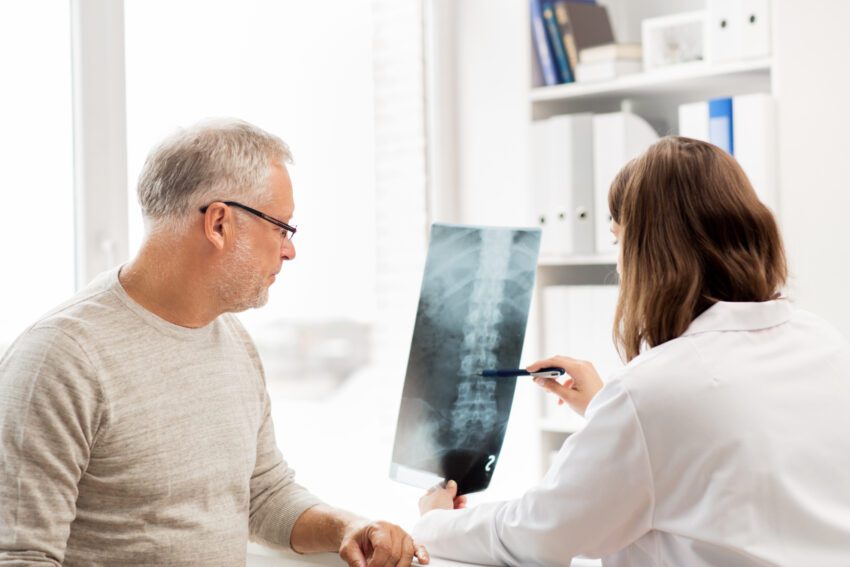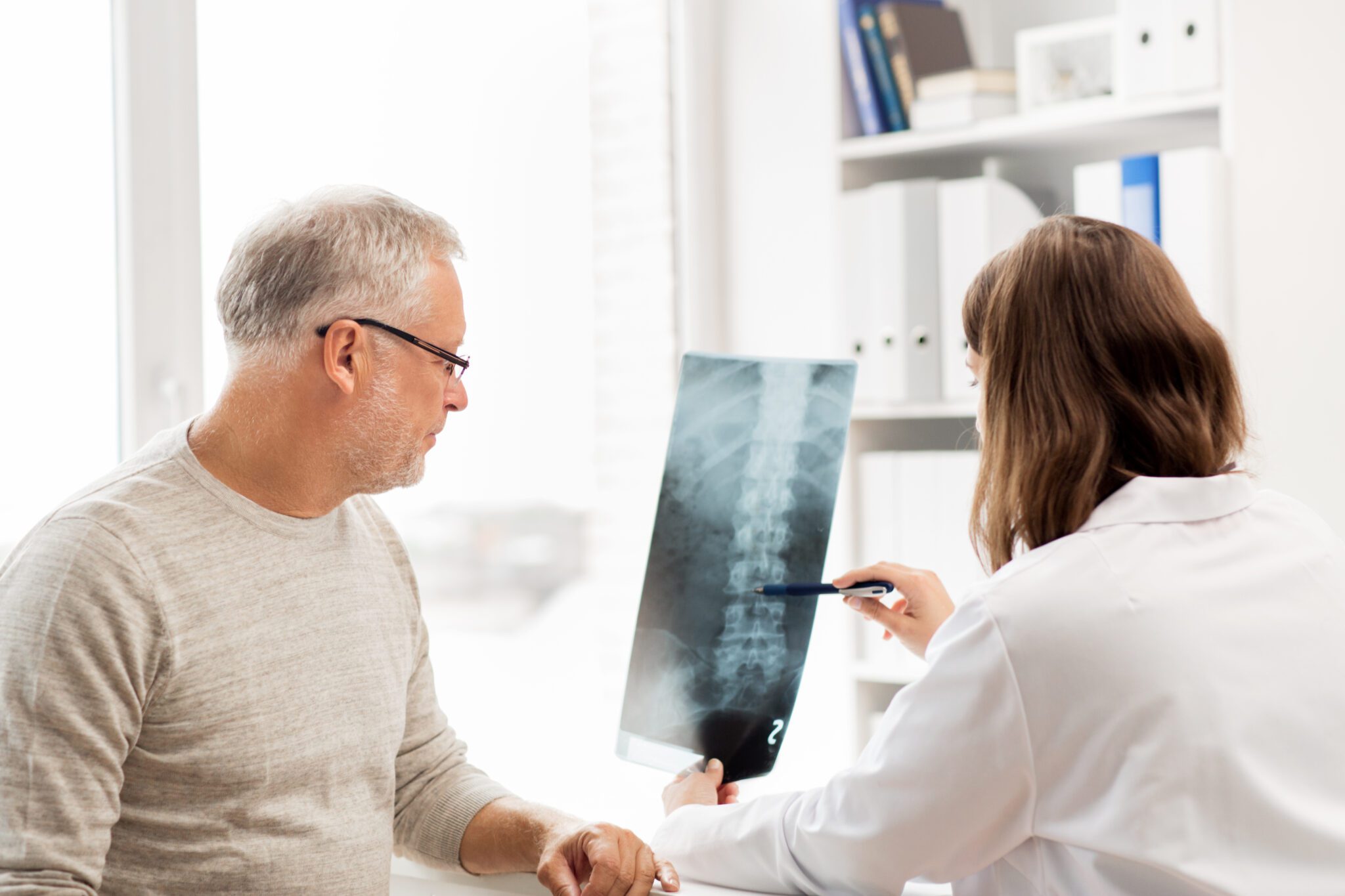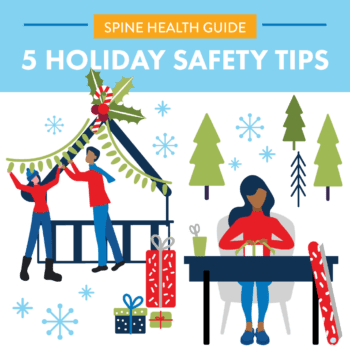Why is research crucial to improving spinal health care for the patient?
There is always room for improvement in everything we do, and spine treatment is no exception. Research helps us determine which treatments are most effective and supports the development of better treatment options, as well as less invasive ways to perform classic proven treatments.
What studies or trials have you participated in that resulted in improvement of spinal treatment?
The Desert Institute for Spine Care (DISC) was a primary FDA site for the Coflex® Dynamic Interspinous Stabilization Device clinical trial. This device was FDA approved as a result of the clinical trial. The Coflex® device provides dynamic stabilization as a less invasive, motion sparing alternative to lumbar fusion.
The data showed equivalent improvement in pain and disability scores, with less stress at the adjacent levels compared to fusion. This represents a major accomplishment in spine care.
>>>> Check NSHF Research Projects!
Research and the Patient
What can spinal patients do to become more knowledgeable about spinal health?
Beyond consulting with your physician about questions and concerns you may have regarding your spinal health, the internet can be used as a great resource to learn more about spinal problems and available treatments.
How can physicians and patients help to preserve access to the best spinal health care available?
Physicians need to support their patients and fight the ever increasing insurance denials of appropriate care. More quality research is needed to prove the effectiveness of common, established treatments to fight these inappropriate insurance denials.
Patients need to become knowledgeable about their spine problems and their treatment options. Patients who have benefited from spine surgery or other successful interventions need to be vocal about it to help preserve that same treatment as an option for future patients.
Dr. Christopher Yeung is a board certified, fellowship trained orthopedic spine surgeon.
Get more great spine health information in our quarterly Spine Health Journal.




